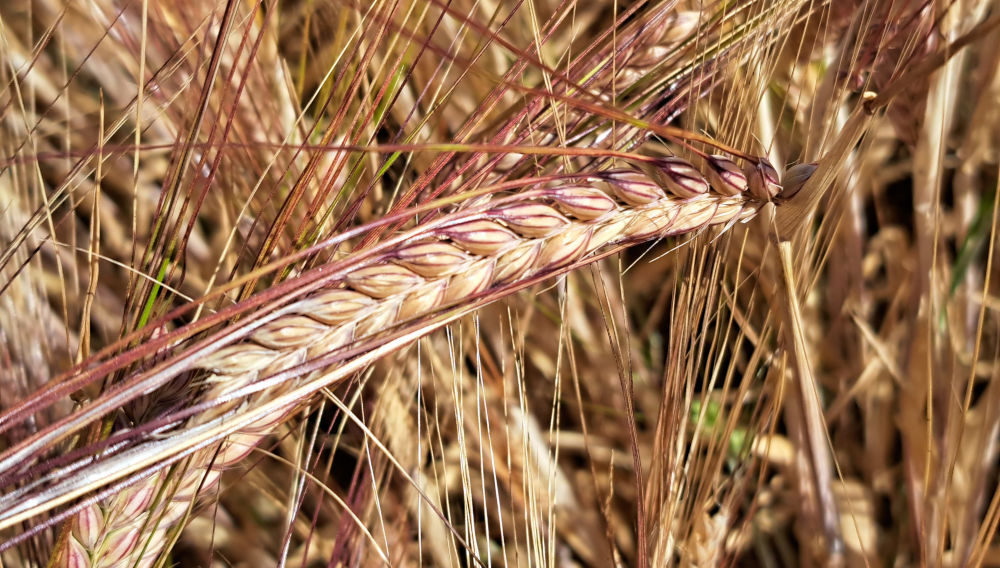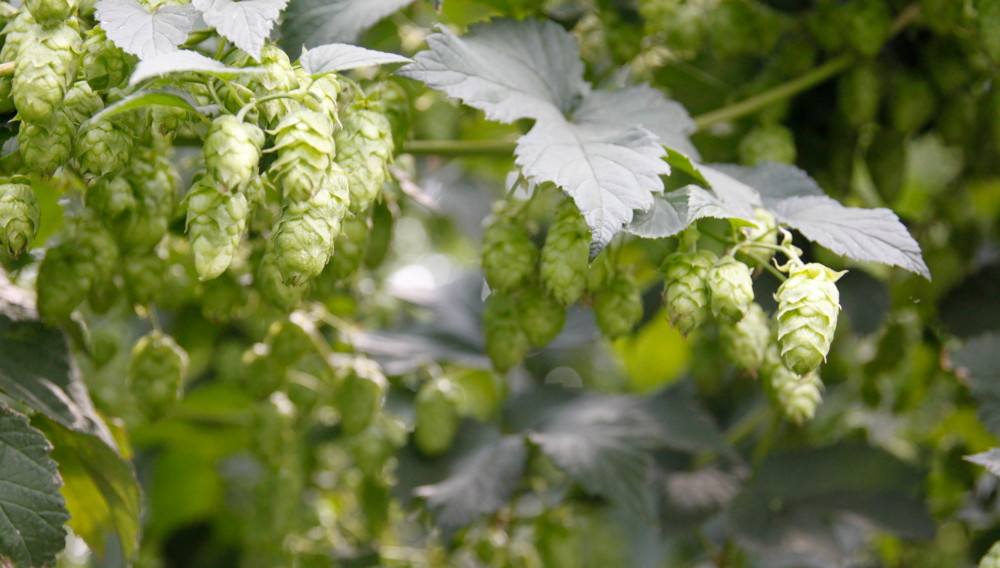
Consulting in hop commerce | Though long-established, Lupex is one of the smaller hop trading companies. Shortly after celebrating its 100th anniversary, the company is now preparing for a generational change, while simultaneously repositioning itself in the market with an expanded sales team. BRAUWELT spoke to Fritz Briem Sr., Dr. Fritz Briem and Fritz Briem Jr. about the upcoming changes.
Beer bitterness mainly comes from α-acids in hops, which convert to iso-α-acids during boiling. This transformation is affected by factors like pH, time, and gravity. Bitterness is measured in International Bitterness Units (IBU), a standard used especially in industrial brewing for quality control and consistency. While IBU provides a technical measure of bitterness, its relevance in craft brewing is debated, as taste perception also depends on aroma, alcohol content, and individual sensitivity. Despite criticism, IBU remains a valuable tool for recipe design and is essential in both craft and industrial contexts, though for different purposes.
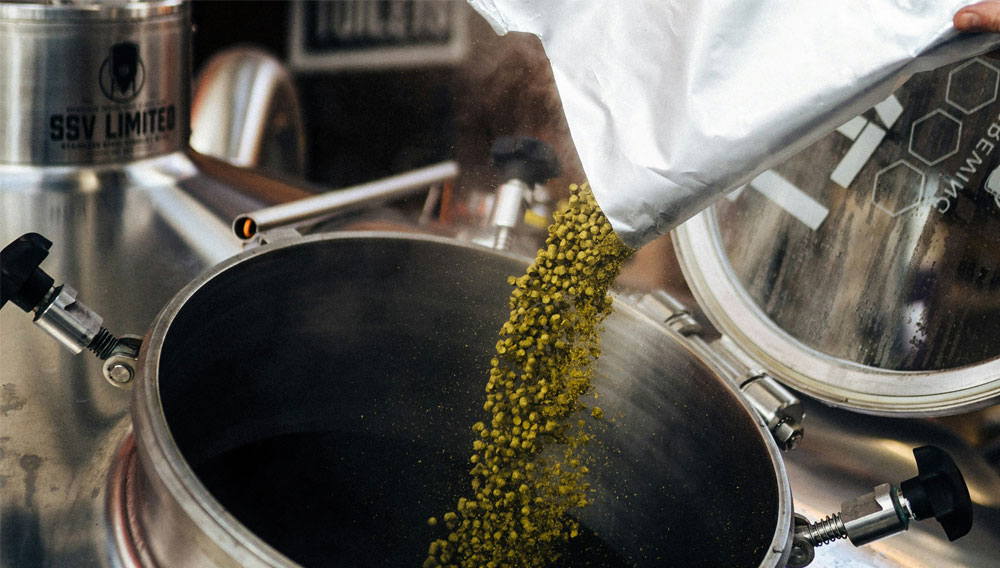
Hop constituents | Modern beers, especially juicy and hazy IPAs, are distinguished by their intensive aroma of hops. Reproducing these so that they are consistent in taste and quality is a feat of achievement as regards brewing technology that requires immense effort, skill and expertise. Not only must the equipment configuration and choice of hop varieties and products be considered here but also diverse hopping parameters, such as timing, temperature, contact duration and circulation.
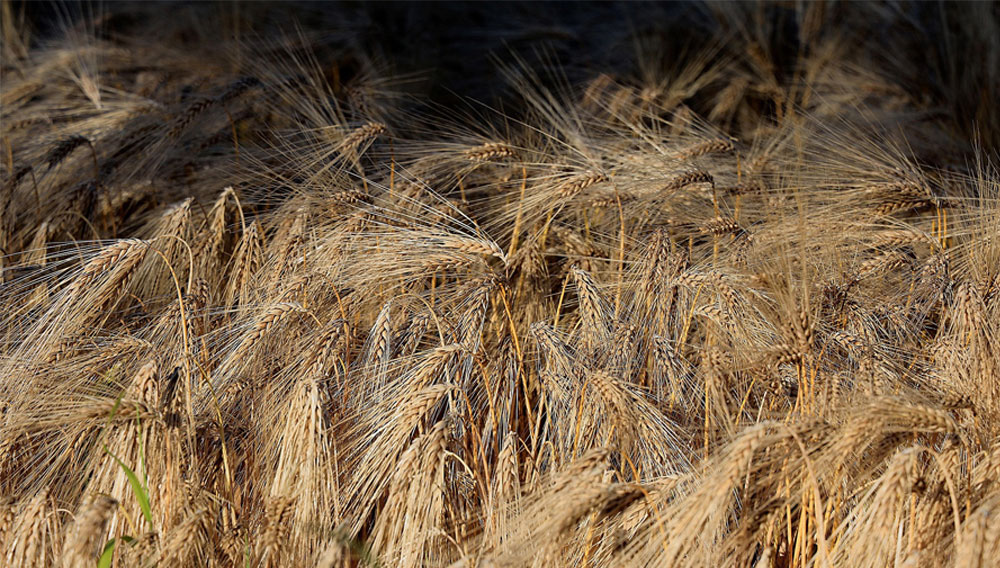
Statistical considerations | The Early Malting Program of the Chair of Brewing and Beverage Technology (BGT) has been in operation for many years. On the one hand, it is intended to provide customers with cost-efficient standard malting including analyses and, on the other hand, to give scientists a comprehensive and rapid overview of a harvest year. But most importantly, it is used to answer specific questions based on standardised data.
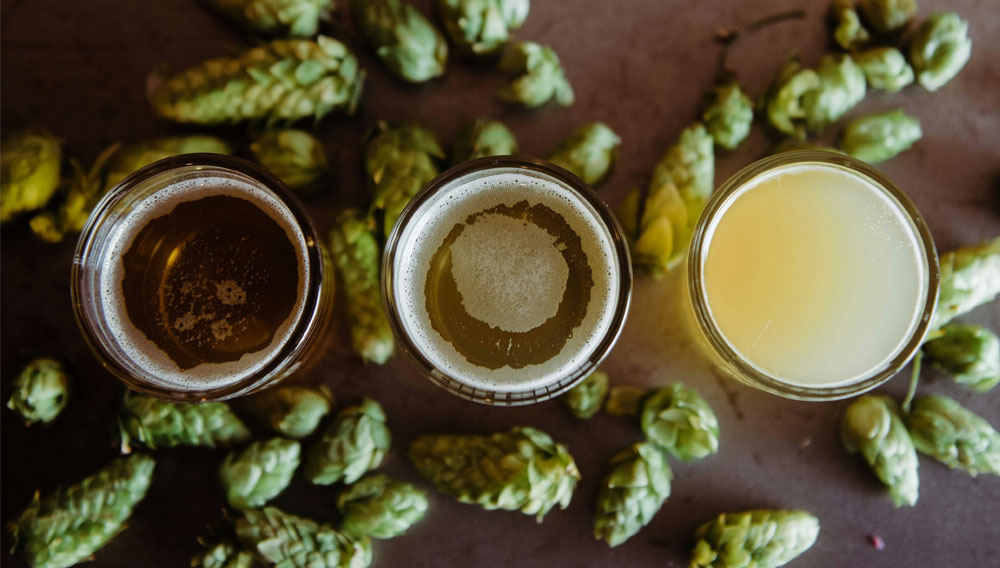
Quantity and timing | There are many different categories of beer on today’s global beer market, and consumers have certain expectations when they choose a particular type. Most dry-hopped beers are top-fermented e.g. (New England) India Pale Ales, and a certain turbidity is an essential part of these beers’ character. To investigate how haze is affected by dry hopping, a study was conducted to evaluate the influence of pellet quantity and the time of dosage in the cold side of the brewing process.

Europe | The sowing conditions for spring barley in Europe have generally been described as very good this year. Due to the dry conditions, sowing could also be carried out relatively early. Rainfall is now lacking in most regions, which jeopardizes further good growth.
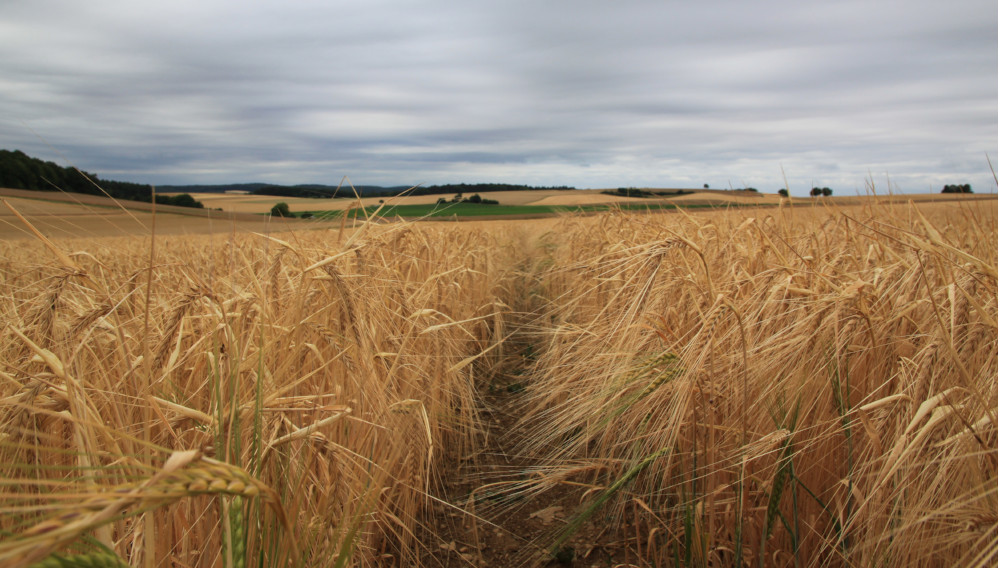
Properties of starch | The structure of starch in brewing malt has a major influence on saccharification during mashing. Thus, when starch properties are unfavourable, this might result in considerable yield losses. However, reliable rapid methods for identifying critical malt batches, including recommended actions to nevertheless achieve the most far-reaching saccharification possible, are not yet available.
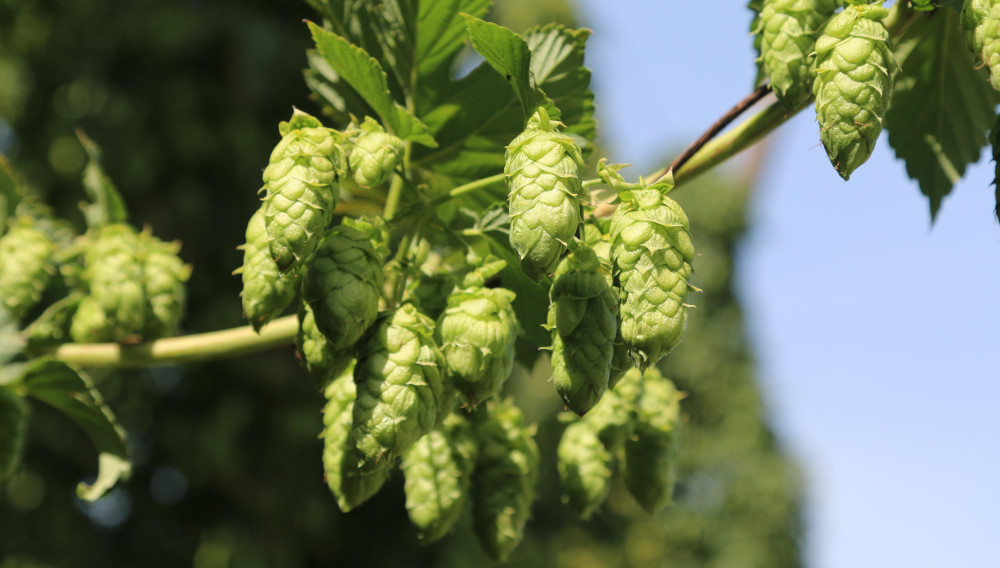
Aroma stability | Based on the enormous success of US craft breweries, top-fermented, hoppy beers such as Pale Ales and India Pale Ales enjoyed significant production and sales growth, also in Germany. These beers are characterised by their specific sensory attributes created by dry hopping. As of about 2010, scientific studies initially focussed on reproducibility of dry hopping and achieving a consistent beer aroma with this process. As of about 2015, issues relating to stability of aroma and taste of these beers came to the fore.
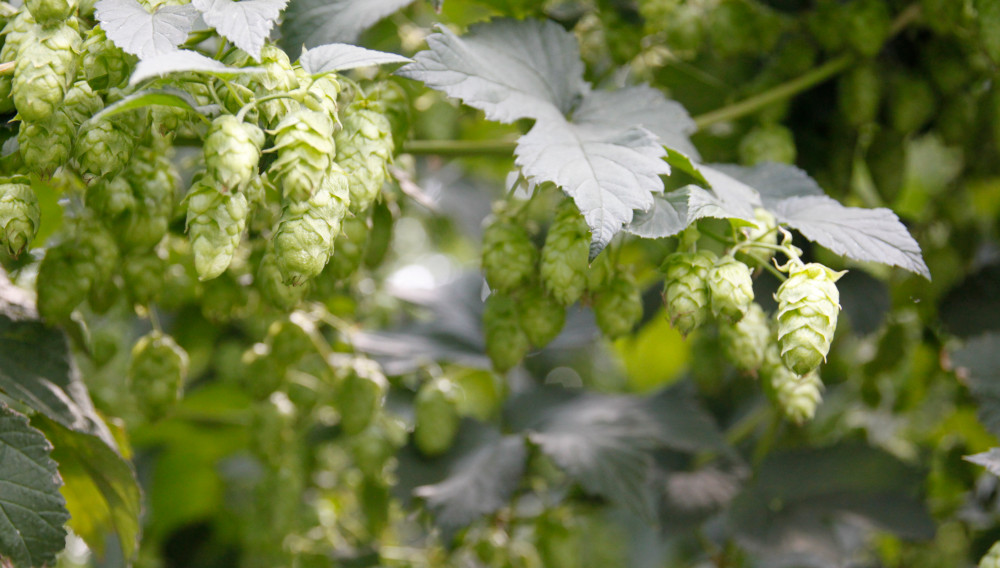
Plant diseases | Hops are susceptible to various pests and diseases, in particular to harmful fungi such as botrytis, powdery mildew and Peronospora. In conventional cultivation, they are held in check by chemical-synthetical fungicides. Pests such as spider mites and hop aphids are controlled using insecticides.
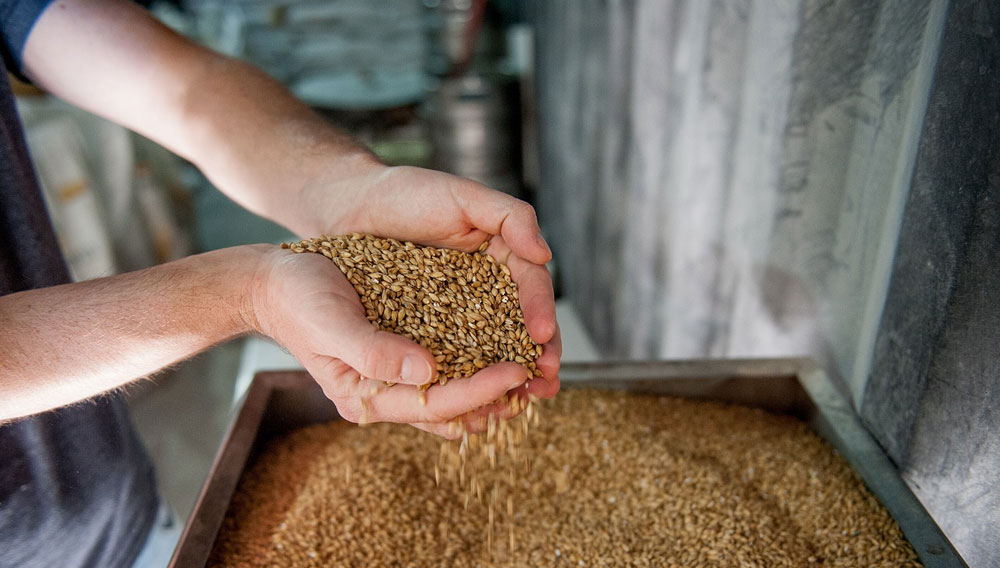
Optimizing quality | If one were to follow the concerns of brewers and the advertising claims of maltsters, homogeneity in malt would be ascribed great importance. And ideally, a consignment of malt would only consist of a single variety of grain, generously bulbous in shape and size and harvested from a sizeable plot of agricultural land.
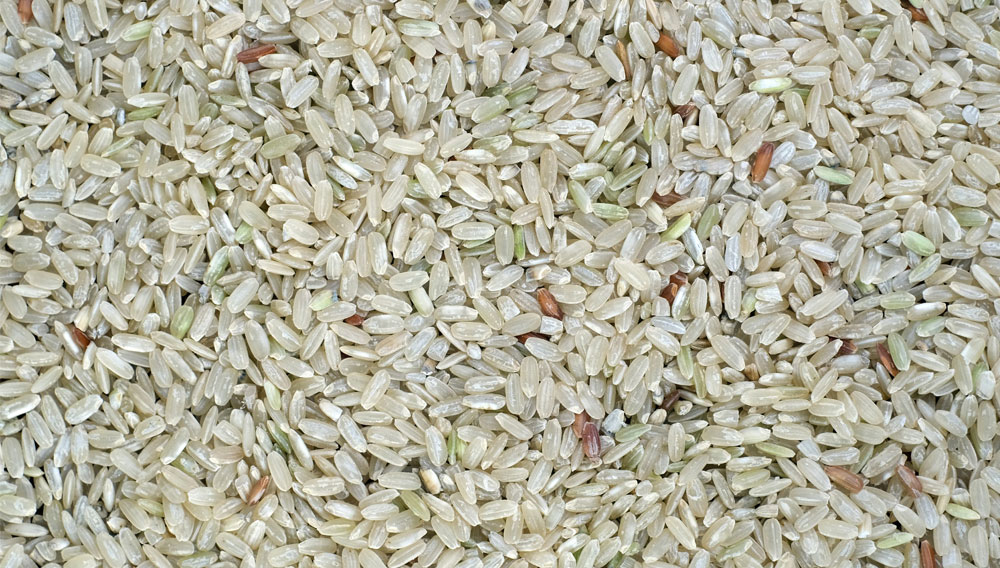
Malt substitute | Rice is a versatile raw material with significant potential in beverage production, and brewing. Its use, either malted or unmalted, can influence flavor profiles and enhance sensory qualities. It offers a gluten-free alternative, serving a growing consumer demand for such products.

